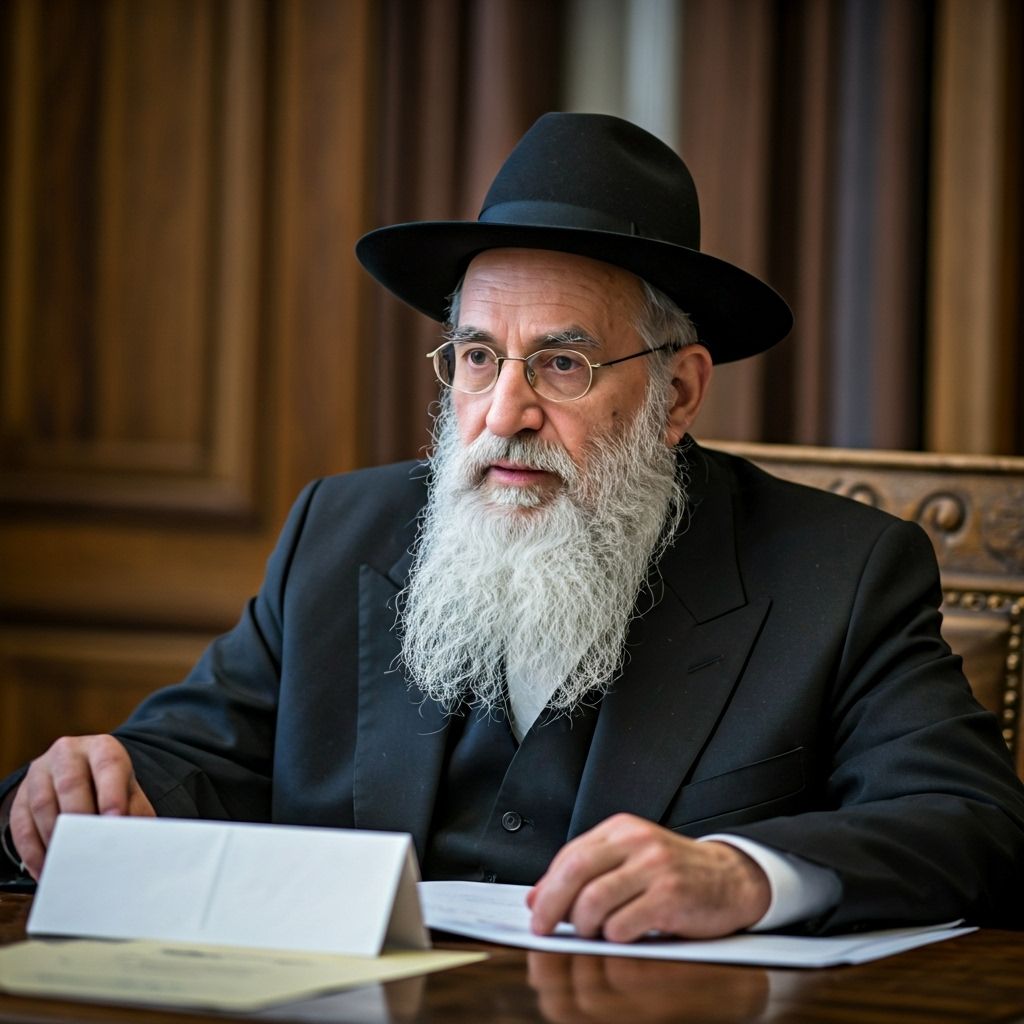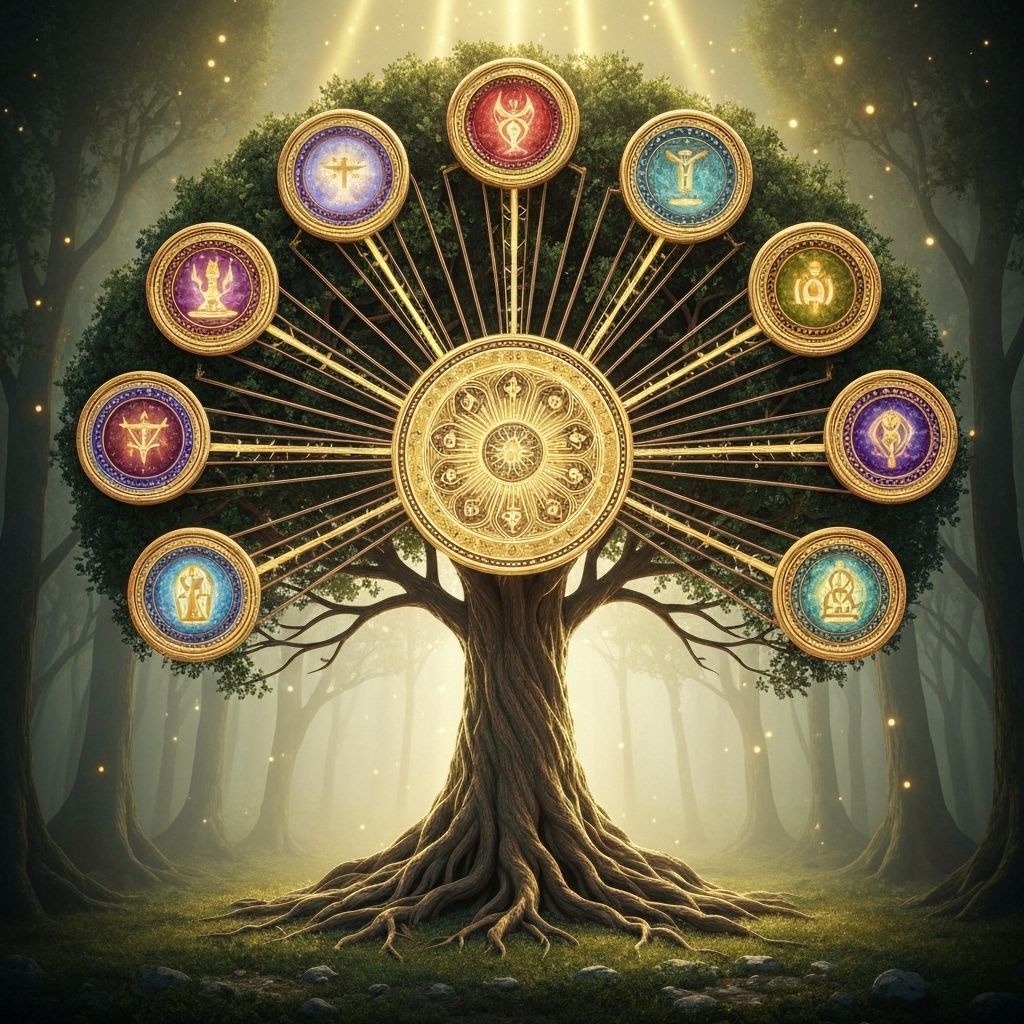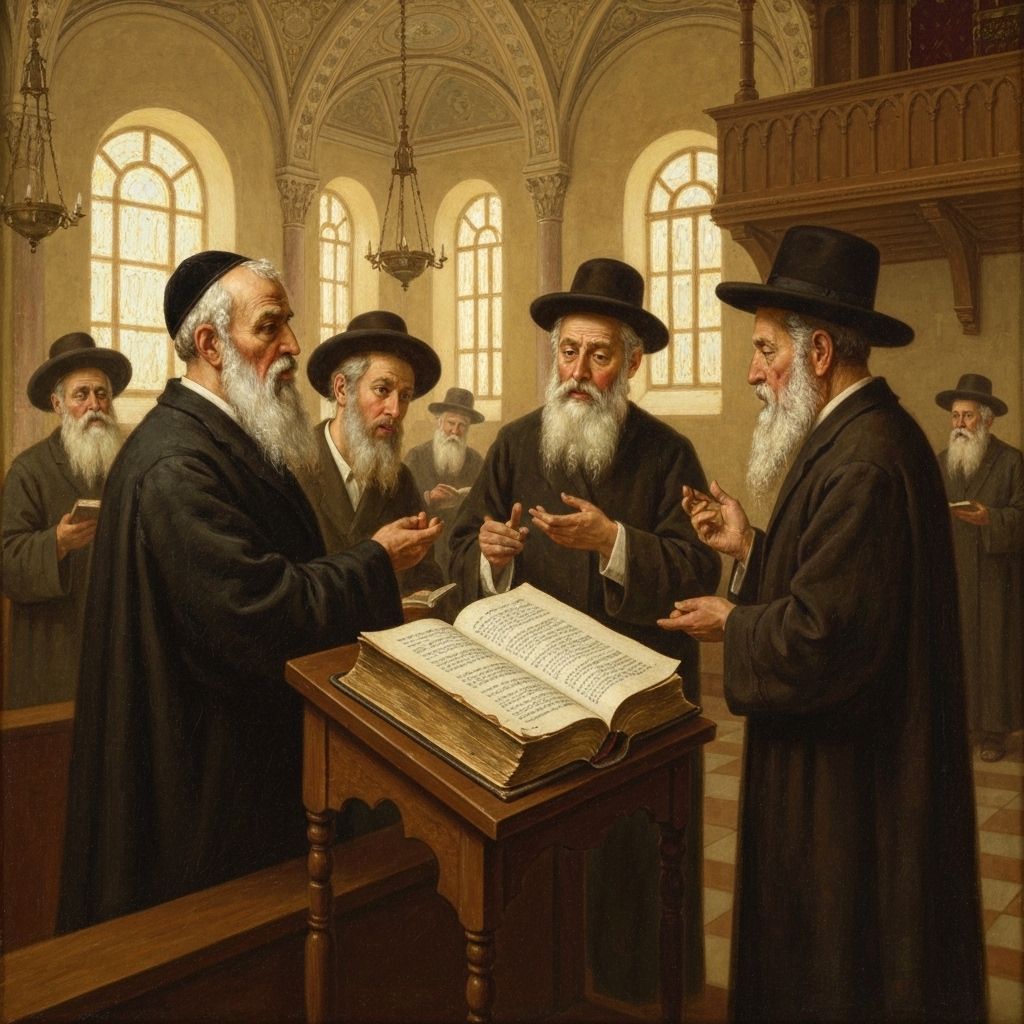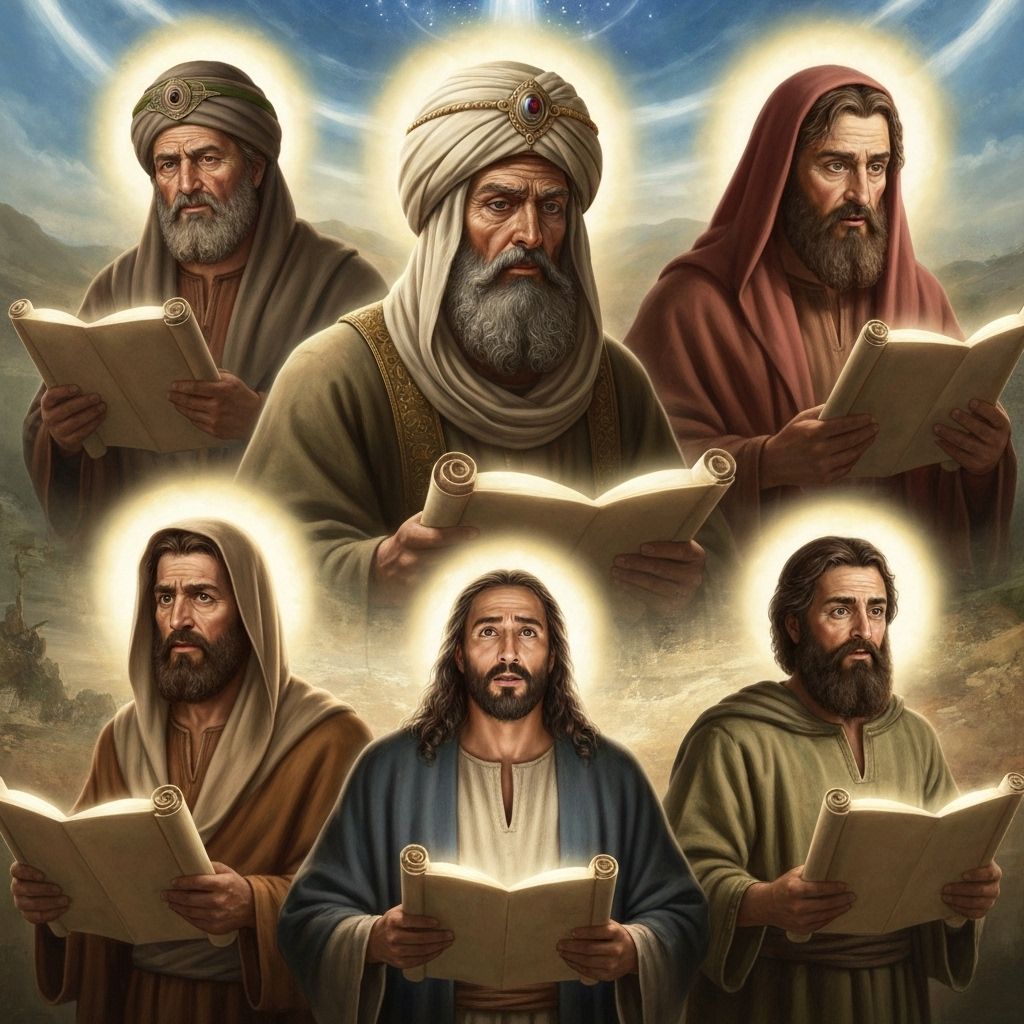3-Minute Summary
The Words of the Torah Explained with Help from Rashi and Ramban
Rashi (1040-1105) was a medieval French rabbi whose commentary on the Torah and Talmud is considered essential reading. His explanations focus on the plain meaning of the text and are known for their clarity and accessibility.
Ramban (1194-1270) was a Spanish rabbi, physician, and philosopher who provided deeper mystical and philosophical insights into the Torah, often building upon Rashi's work while adding his own profound interpretations.
Parsha Chukat begins with the mysterious ritual of the red heifer (para aduma), one of the most enigmatic commandments in the Torah. A perfectly red cow is burned, and its ashes are used to purify those who have come into contact with death. This ritual, which purifies the impure while making the pure temporarily impure, defies human logic.
The parsha describes the death of Miriam, Moses' sister, and how the people complain about the lack of water. God instructs Moses to speak to a rock to bring forth water, but Moses strikes it instead and speaks harshly, leading to his punishment of being denied entry to the Land of Israel.
Aaron's death follows, marking the end of an era. Eleazar succeeds him as High Priest, and the people mourn Aaron for thirty days. The parsha emphasizes the mortality of even the greatest leaders and the importance of proper succession.
The narrative explores themes of purification, leadership accountability, and the mysterious nature of divine commandments that transcend human understanding.








